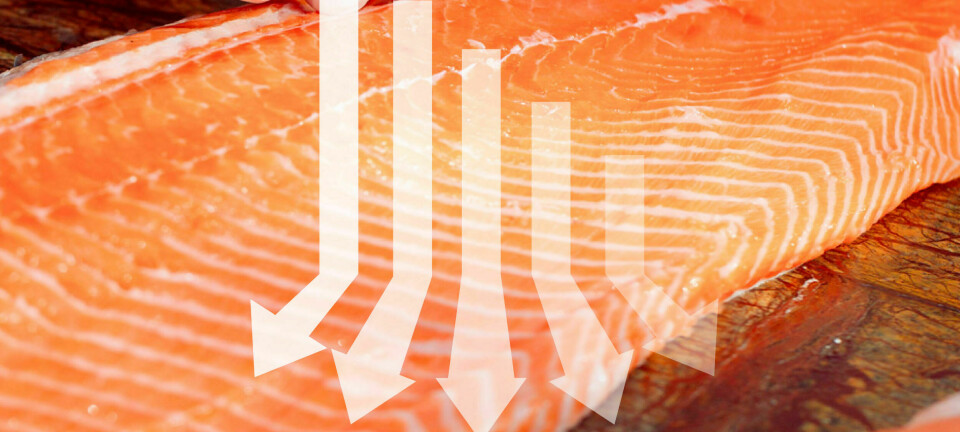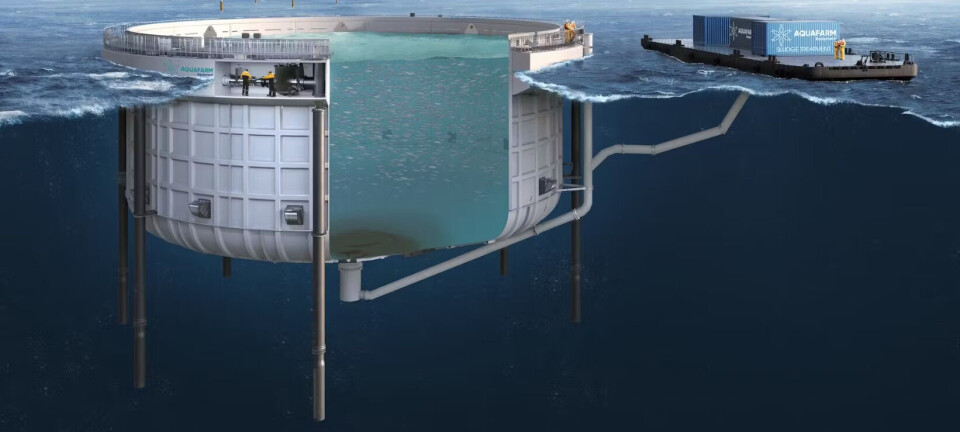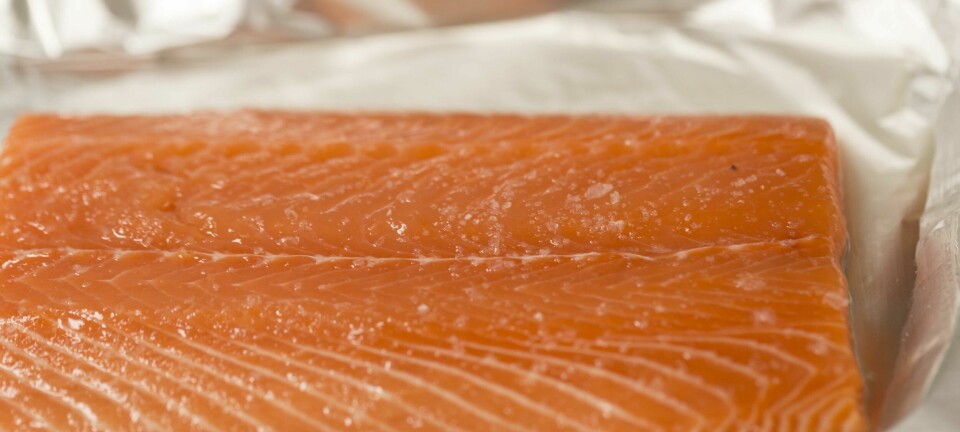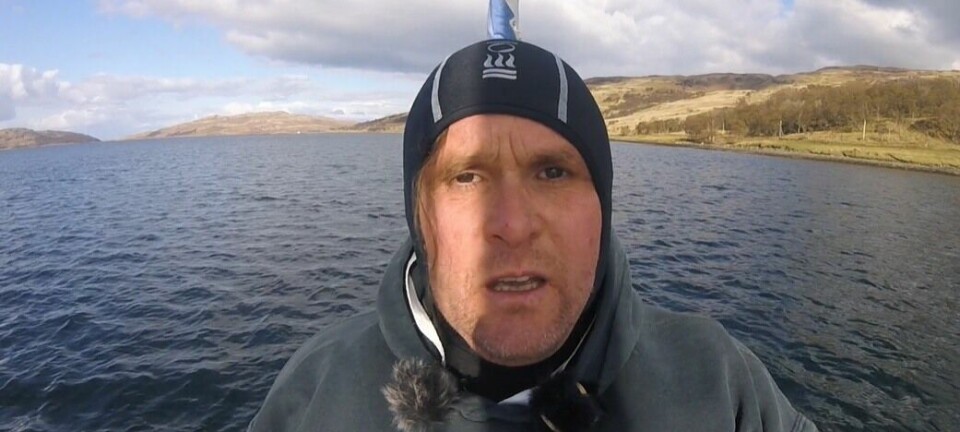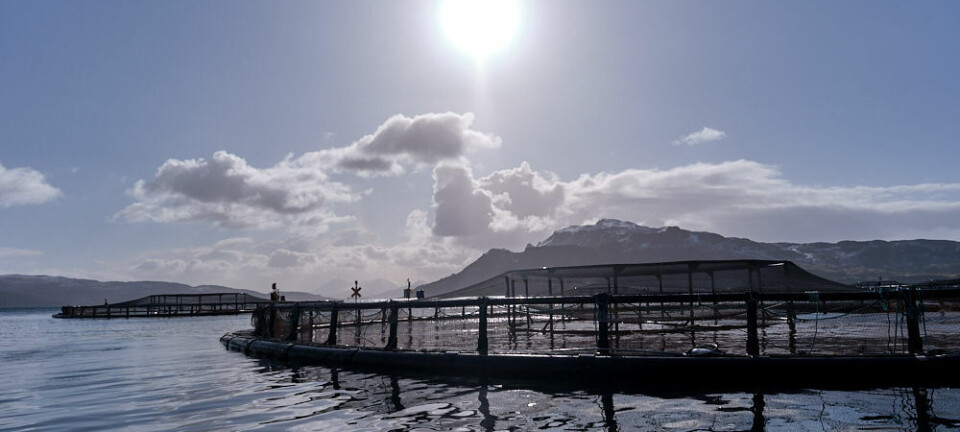
Black cod could be big in B.C.
In a strategic attempt to facilitate the growth of the Canadian aquaculture industry, Fisheries and Oceans Canada (DFO) has embarked on a cross-country series of workshops, trying to identify species of fish and shellfish that can be put into commercial-sized production with minimal effort.
After meetings with representatives from the aquaculture industry and researchers in Eastern and Central Canada, DFO organizers gathered a group of interested parties in Nanaimo on Vancouver Island last week. Consultant Dan Stechey, hired by DFO to facilitate the discussions, explained that the main purpose of these meetings- aside from growing the industry- was to spread the risk associated with the concentration by industry of one or two species (Atlantic salmon in particular) and to improve industry efficiency and competitiveness.
DFO met with representatives from the Pacific shellfish industry on Thursday last week, and that meeting concluded that Geoduck was the mollusk most worthy of attention in aquaculture development. Japanese scallops and cockles were also identified as promising species.
Friday's meeting at the Coast Bastion Hotel saw presentations about the current status of knowledge regarding culture of Sablefish (black cod) and various types of rockfish. While there is a steady demand for rockfish in the Pacific Northwest, and some knowledge about the various sub-species' suitability for culture, the meeting concluded that efforts should be focused on the commercialization of Sablefish culture.
There is one hatchery in B.C. that is dedicated to the production of Sablefish juveniles. Problems with brood stock survival and egg quality has seen large variations in the supply of available juveniles. Sablefin Hatcheries is owned by a group that also have their own sea water operation, and independent growers are therefore subject to the fluctuations in available supply. The B.C. based Aboriginal Aquaculture Association is attempting to establish a second hatchery, along with a land-based recirculation facility capable of producing 1,000 MT of Sablefish per year.
During the Nanaimo meeting, Sablefish was prepared by the hotel's kitchen staff and served for lunch, and some meeting participants were observed making their way up to the buffet three times.







